Remembering Haçienda: a journey through the aesthetics of club culture
New photography book Haçienda Landscapes explores the modern myth and magic of the Manchester club
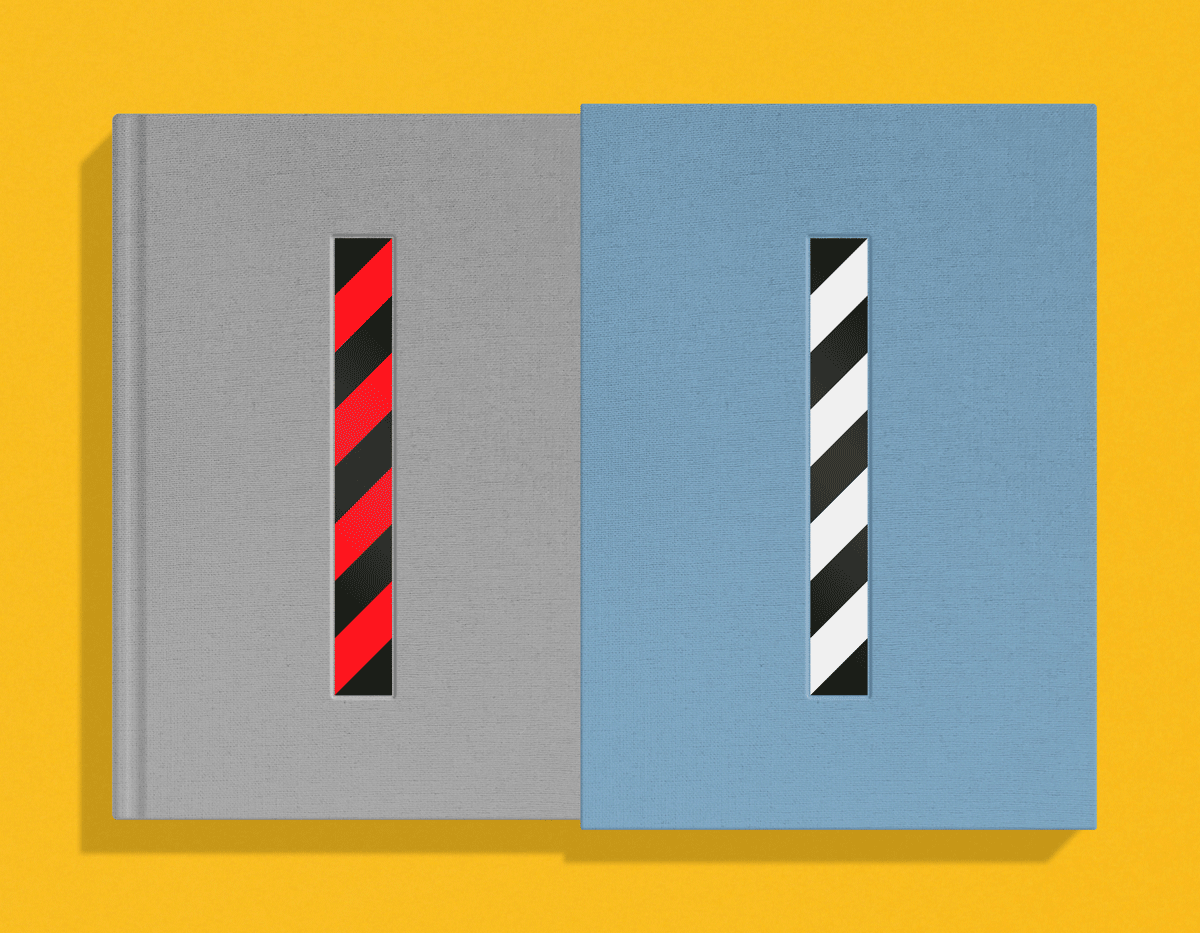
For designers of a certain age, Factory Records represented the moment when music became inseparable from aesthetics. Founded at the turn of the 1980s, with Tony Wilson at the helm, Martin Hannett on the mixing desk and Peter Saville with the scalpel and Letraset, Factory fused agit-prop graphics with post-punk sounds, deftly riding successive waves of youth culture yet also staying defiantly independent, individual and influential. One of Wilson’s most notable achievements was the Haçienda nightclub, the conversion of Manchester yacht showroom into a global hub for a new generation of dance music, aided and abetted by co-owners New Order, the graphic stylings of Saville and the architecture and interiors of Ben Kelly.
Kelly has now created a book – Haçienda Landscapes – that looks at the pre-history, lifespan and visual legacy of the Haçienda, which closed its doors for good back in 1997. Conceived as an integral part of the Factory mythos, the club was even given its own Factory Records catalogue number, FAC 51, part of Wilson’s obsession with chronicling every single facet of the label’s artistic output (FAC 191 was allocated to the Haçienda cat, for example).
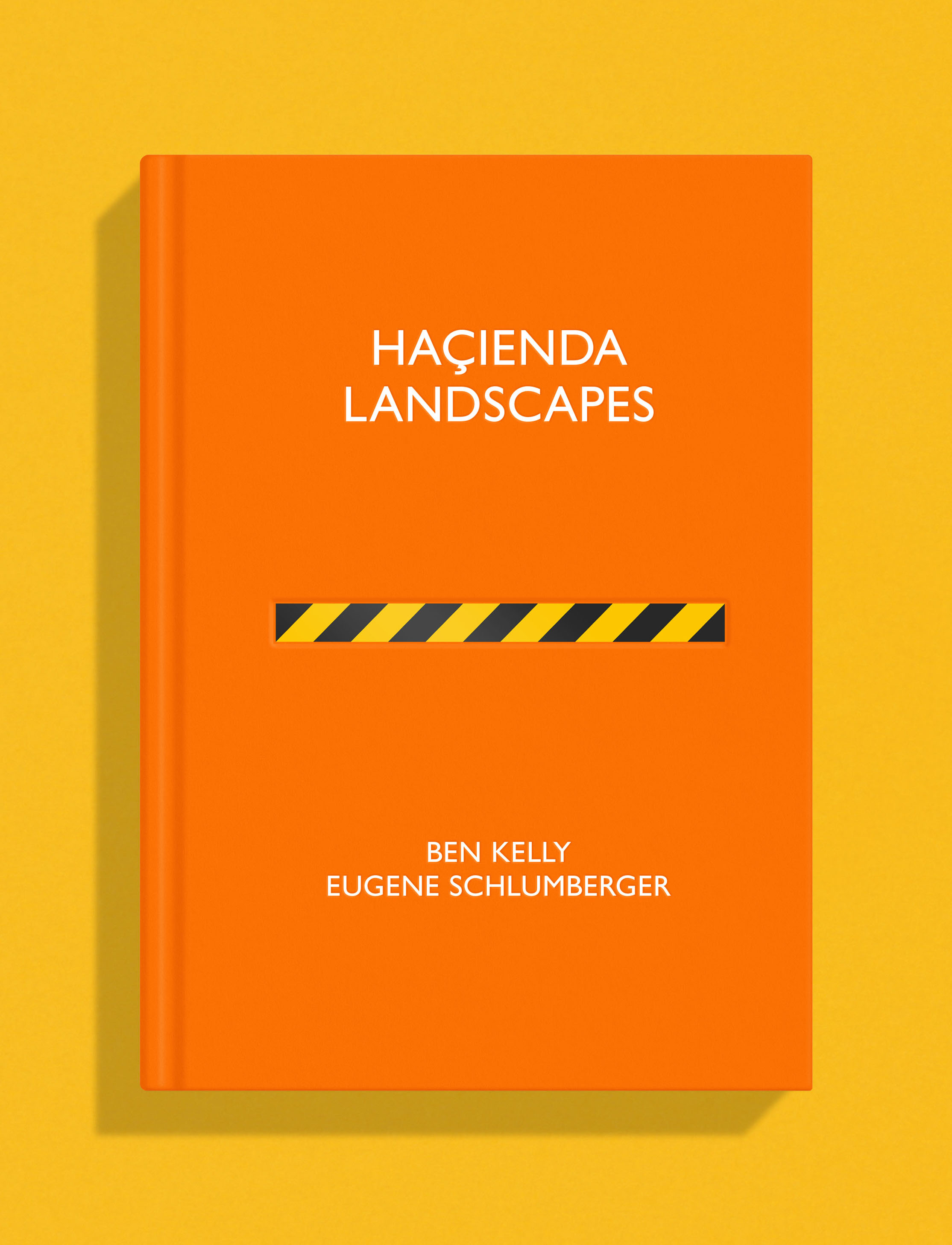
Front cover of Haçienda Landscapes, which is live now on Kickstarter in June 2021
Working with photographer Eugene Schlumberger, with contributions from Peter Saville, Haçienda Landscapes has now launched on Kickstarter, promising a rich treasure trove of visual material captured before, during and after the Haçienda’s heyday. The book even covers the November 2000 auction that included everything from bricks and bits of the dance floor, down to the toilet mirrors and DJ booth.
Kelly’s design gave the Haçienda a quasi-industrial look, befitting for its role as a sweaty factory of dancing and other more illicit delights. He describes the approach to the club as being deliberately ‘anonymous and minimal’, a sequence of spaces that led revellers into the main dance floor. Here, bold striped columns, strong graphic language and block colours were combined with the fabric of the existing building to create a structure that part Warhol-esque arts factory, part post-industrial culture generator and 100 per cent hedonistic pleasure zone.
Kelly has littered the book with his own photographs of the Haçienda in situ, mixing archive material with reportage. Schlumberger images present a more nuanced view of the industrial landscapes that surrounded the club. Designed to live up to the high standards of all Factory-associated graphics, Haçienda Landscapes is a book of beauty as well as an important historical document. Early sign-ups to the Kickstarter can get a special signed slipcased edition that’s sure to become an iconic Factory artefact.
The Haçienda: a visual history
Below, explore our edit of images, photography, ephemera and spreads from the new book, as captured by Ben Kelly and Eugene Schlumberger.
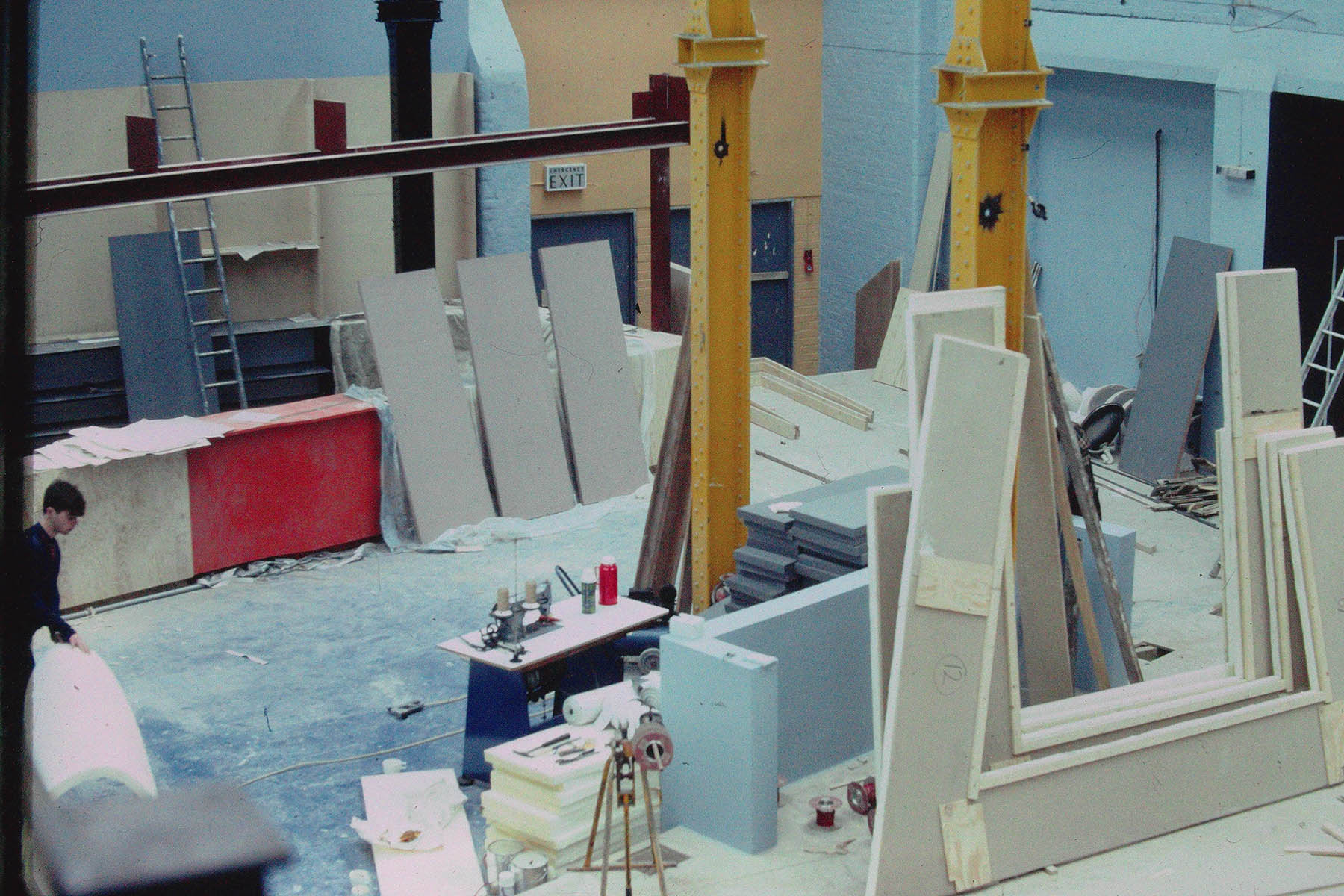
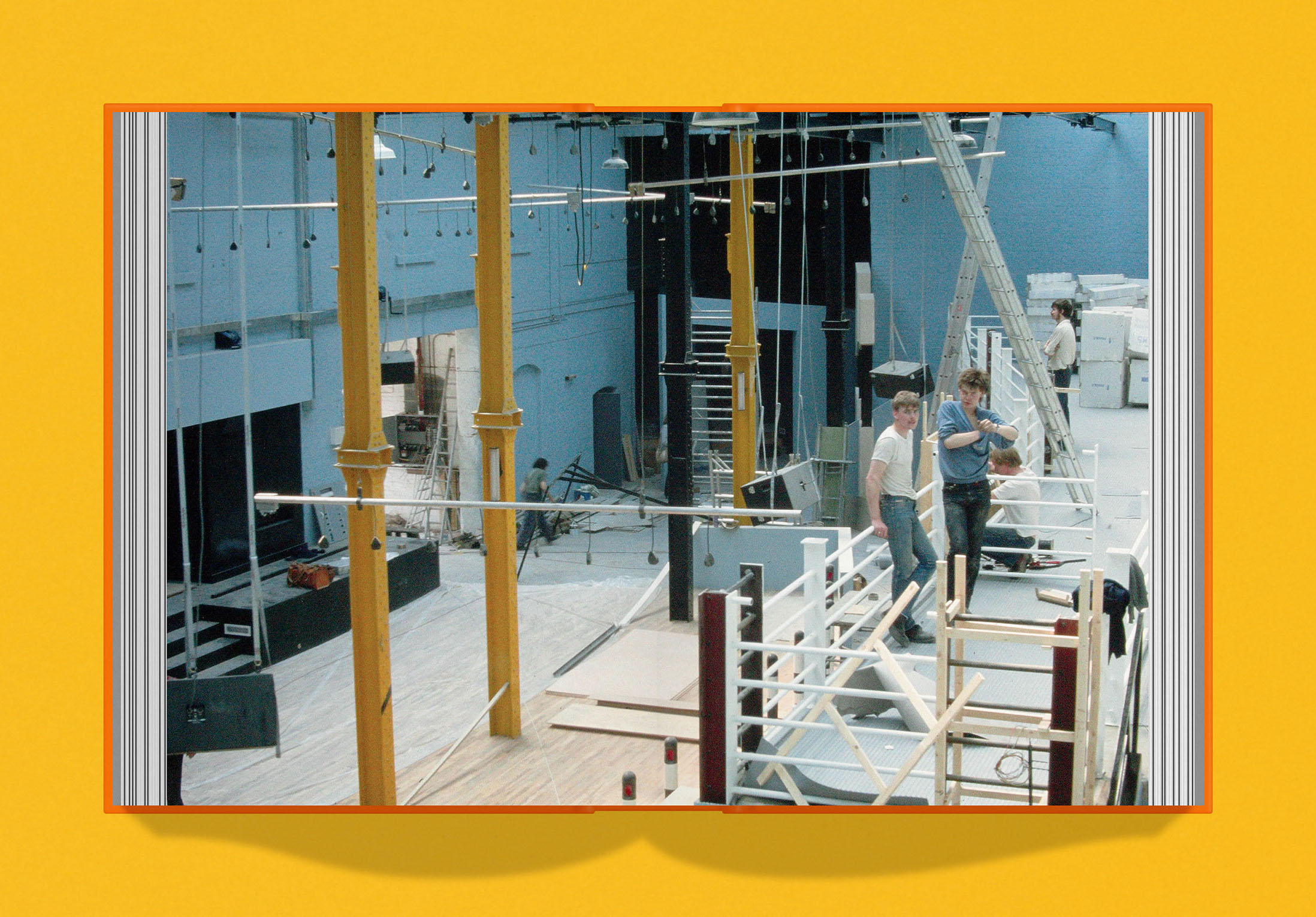


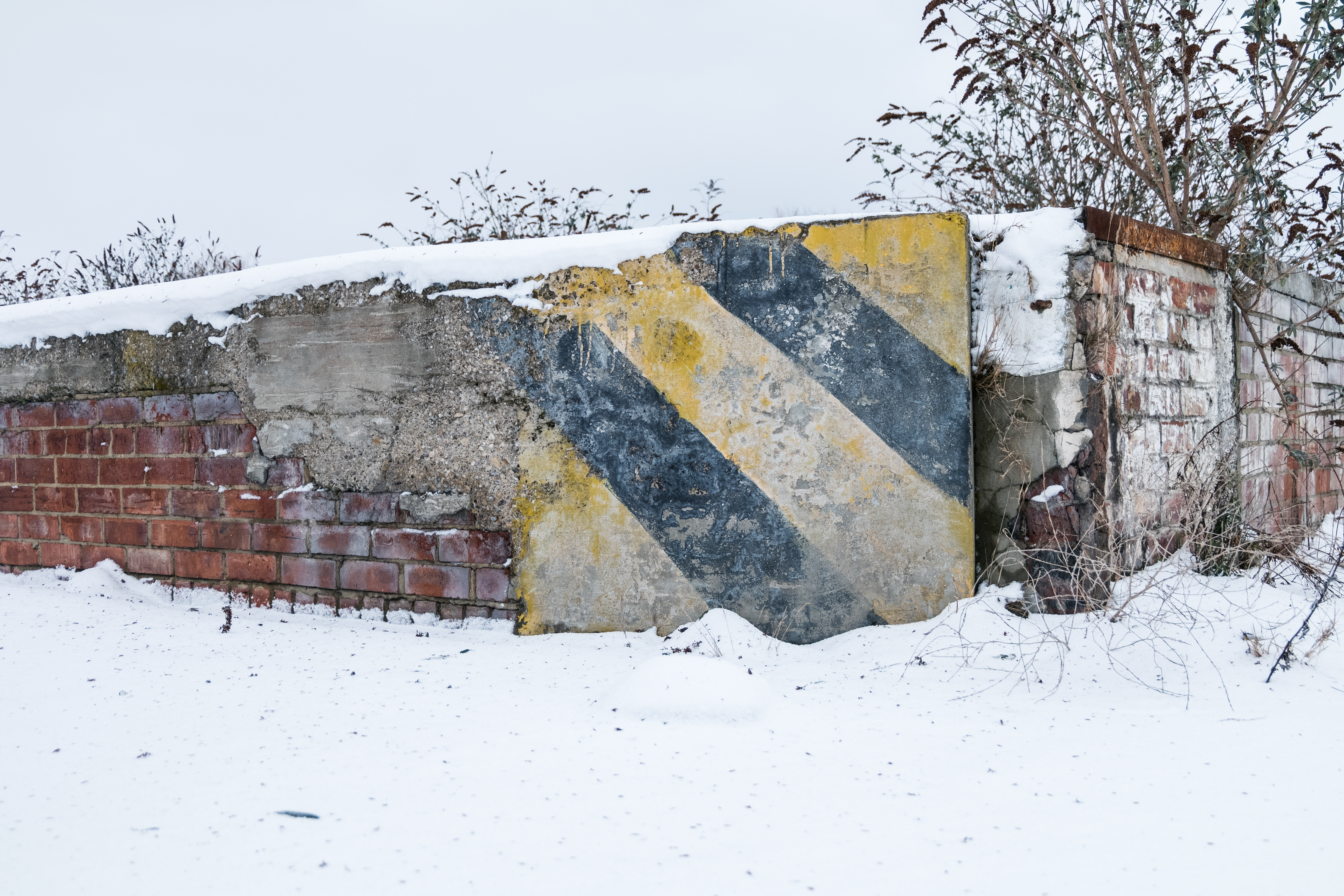
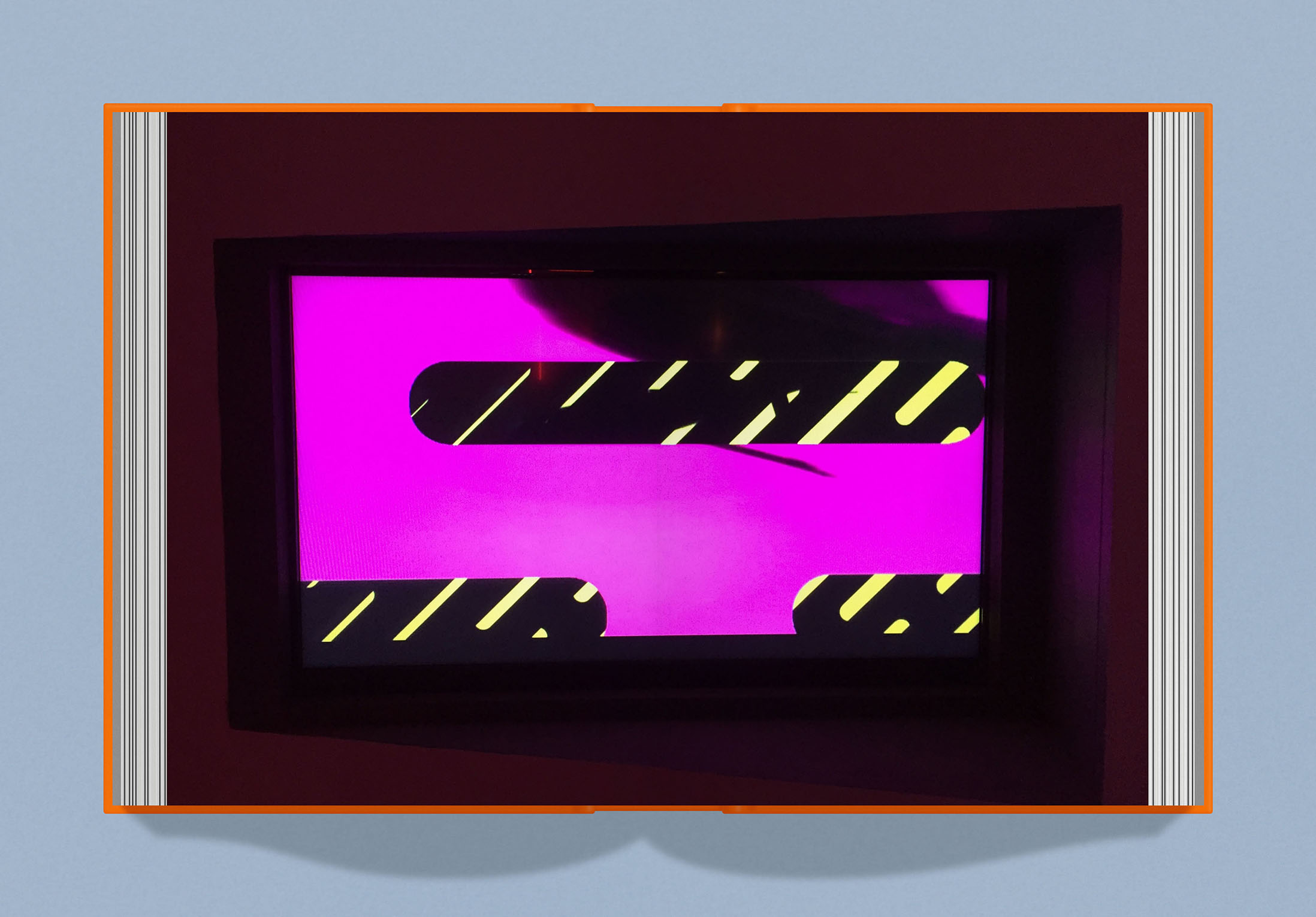
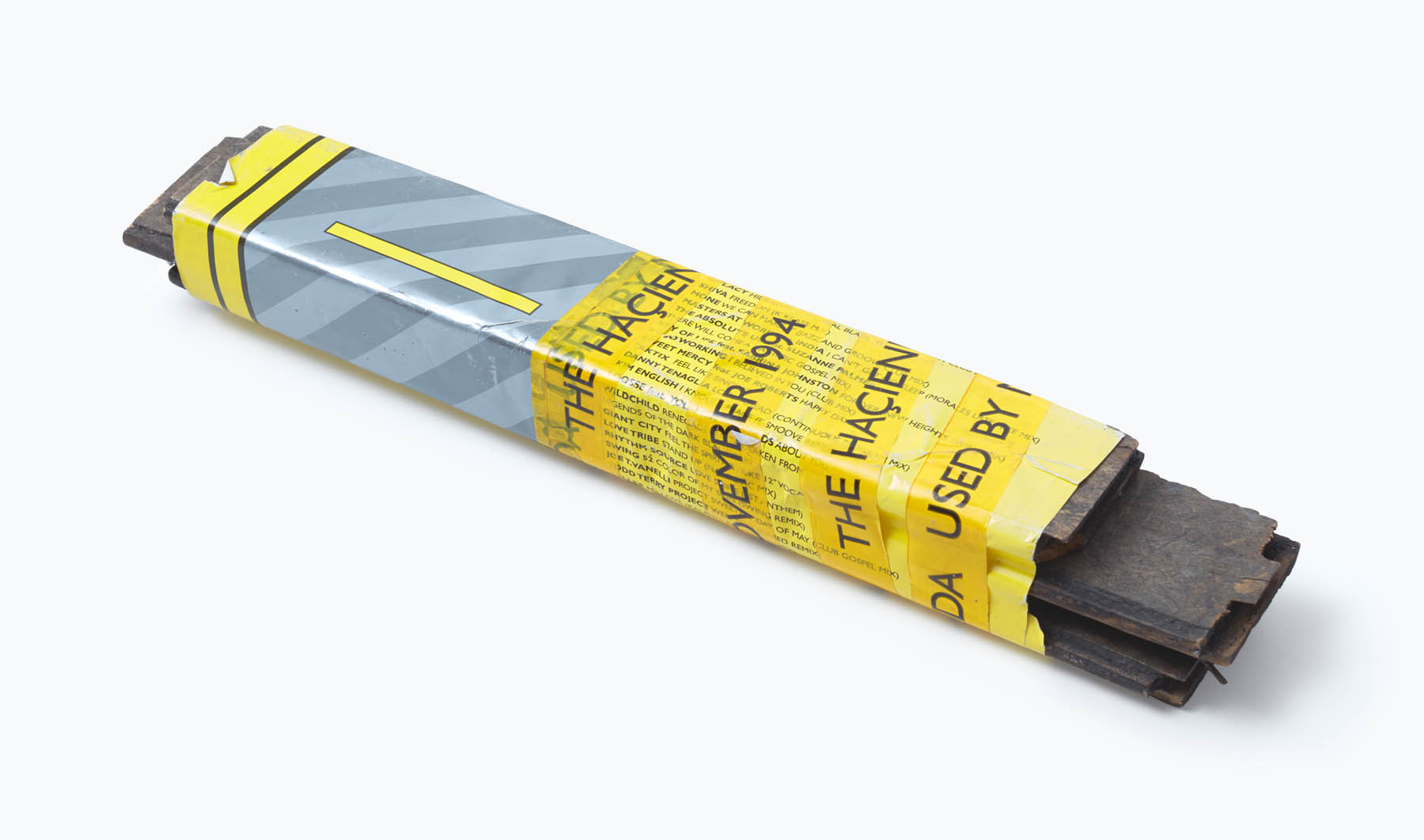
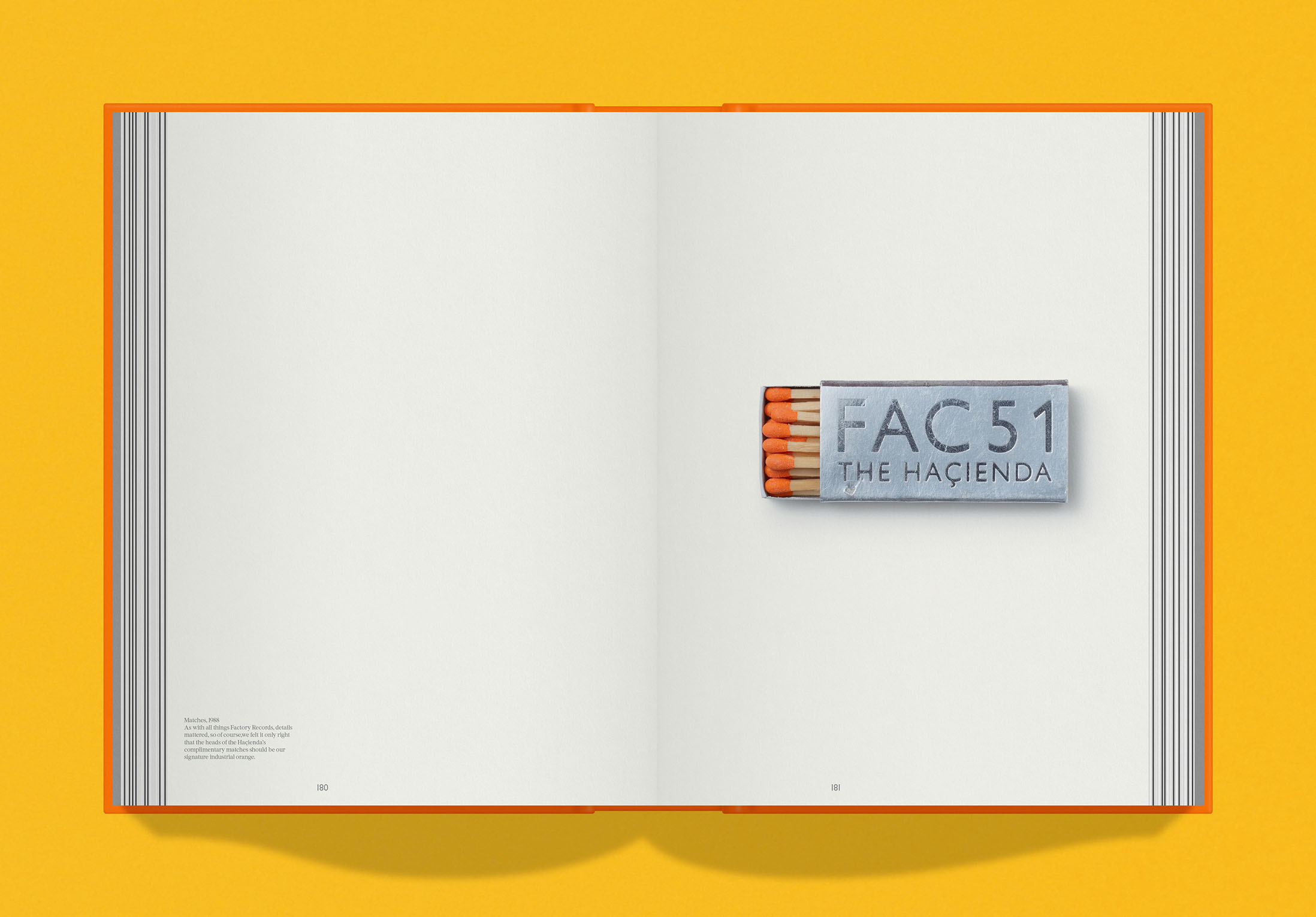
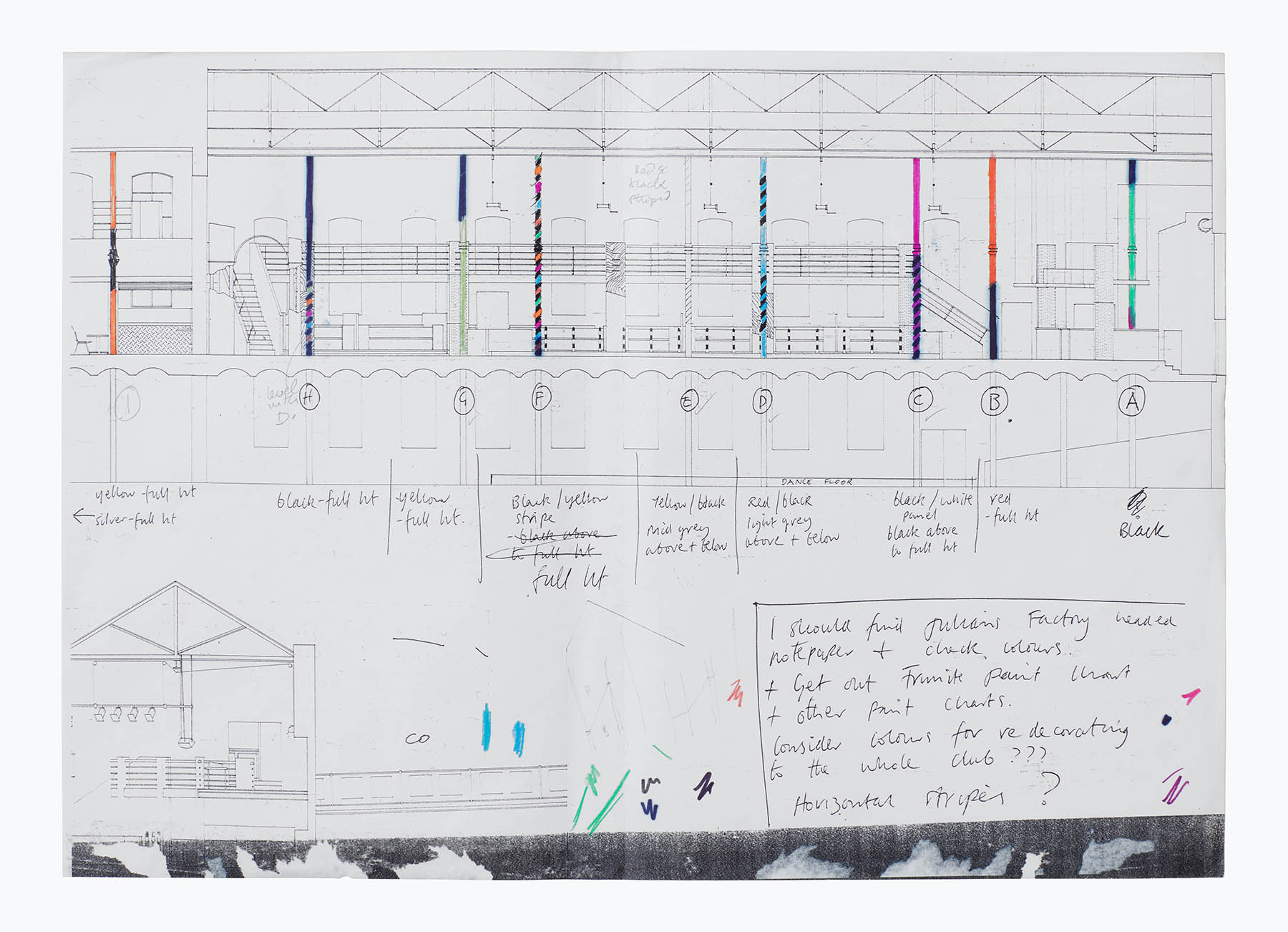
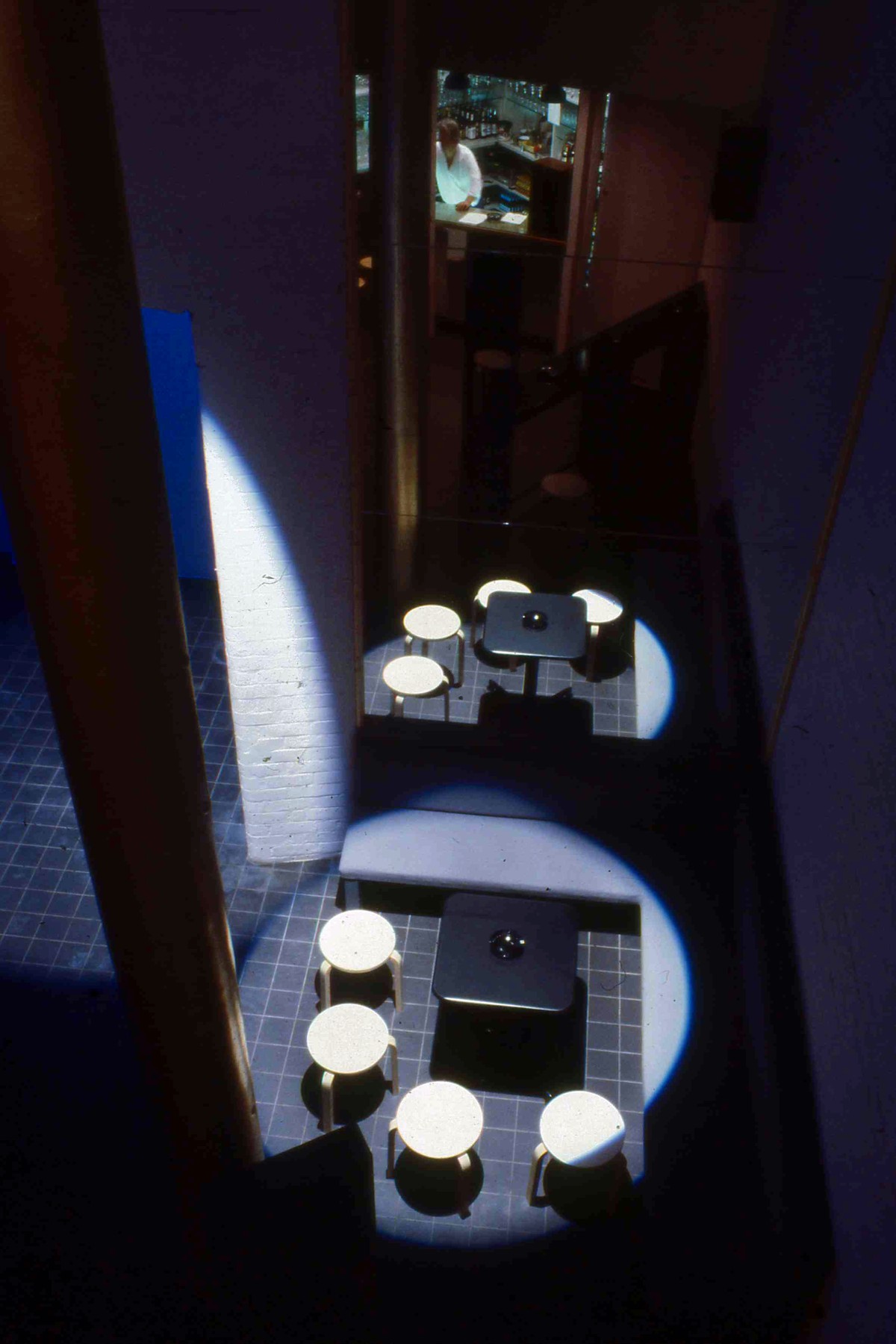
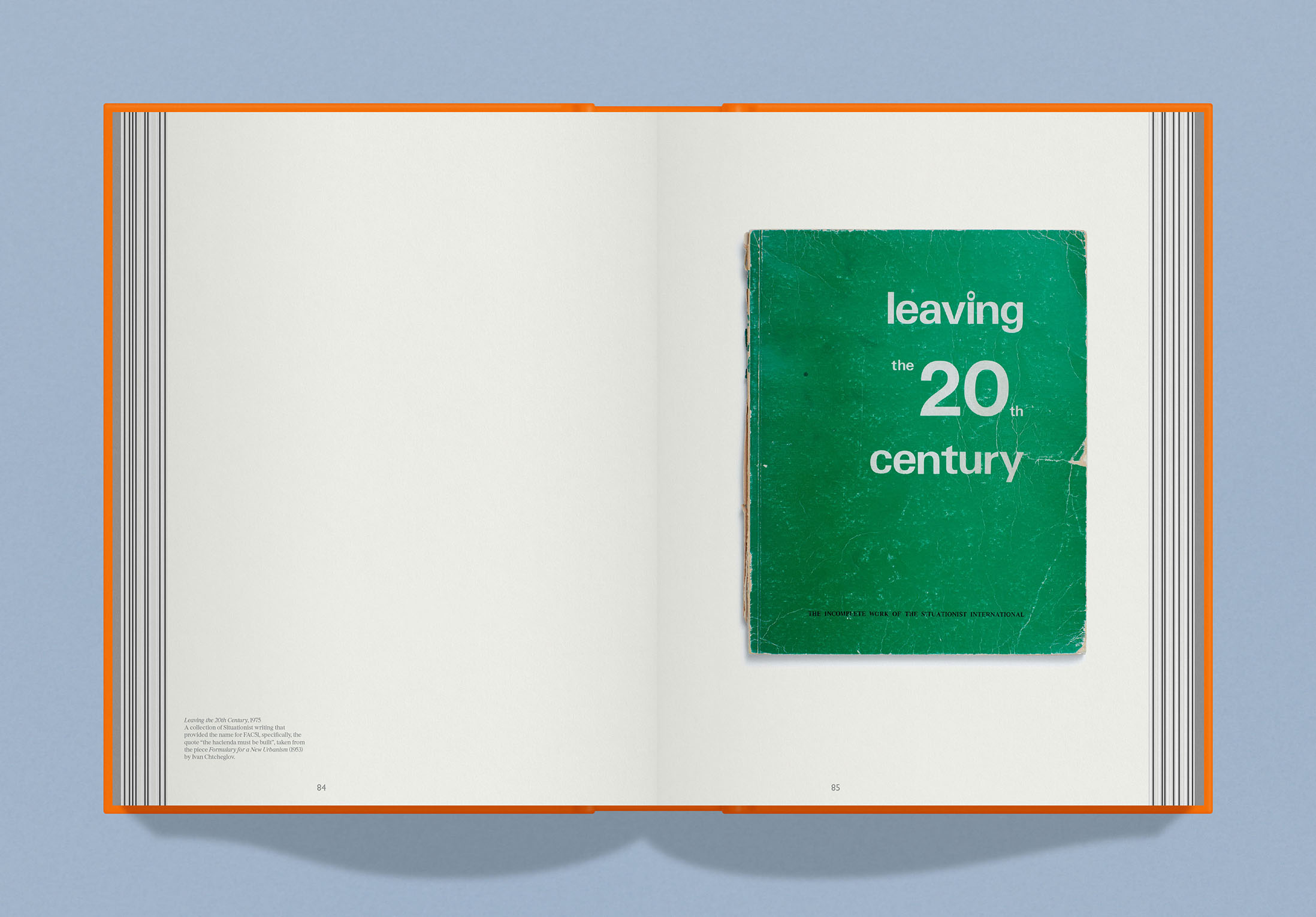
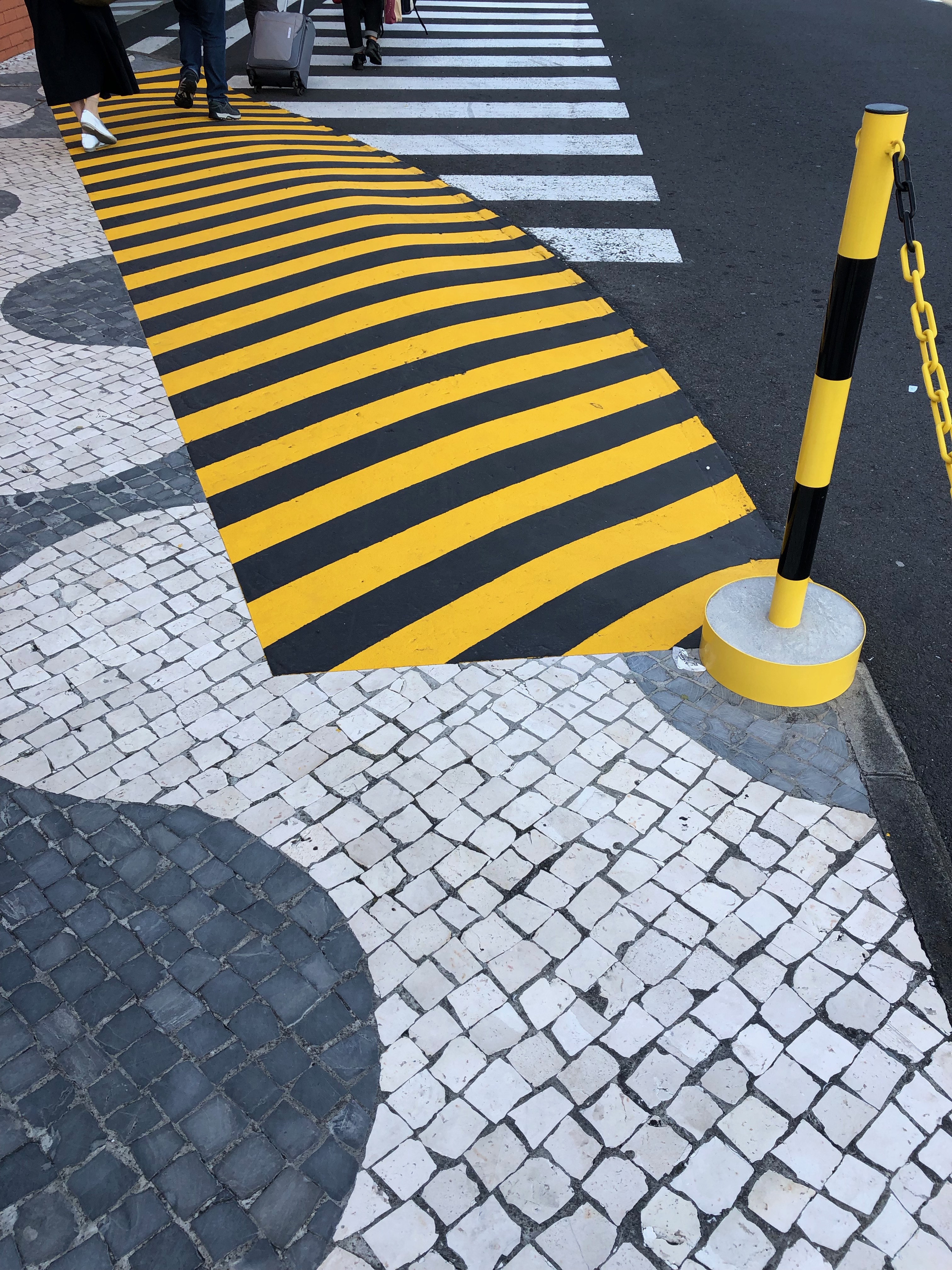
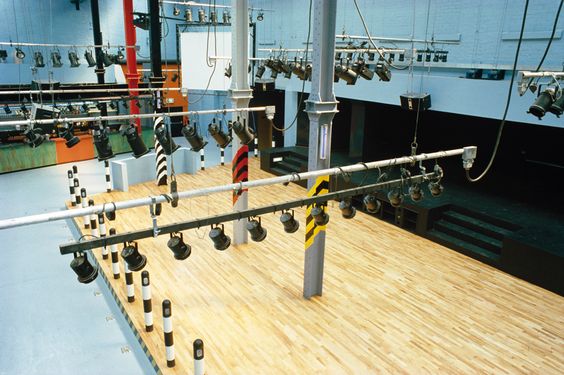
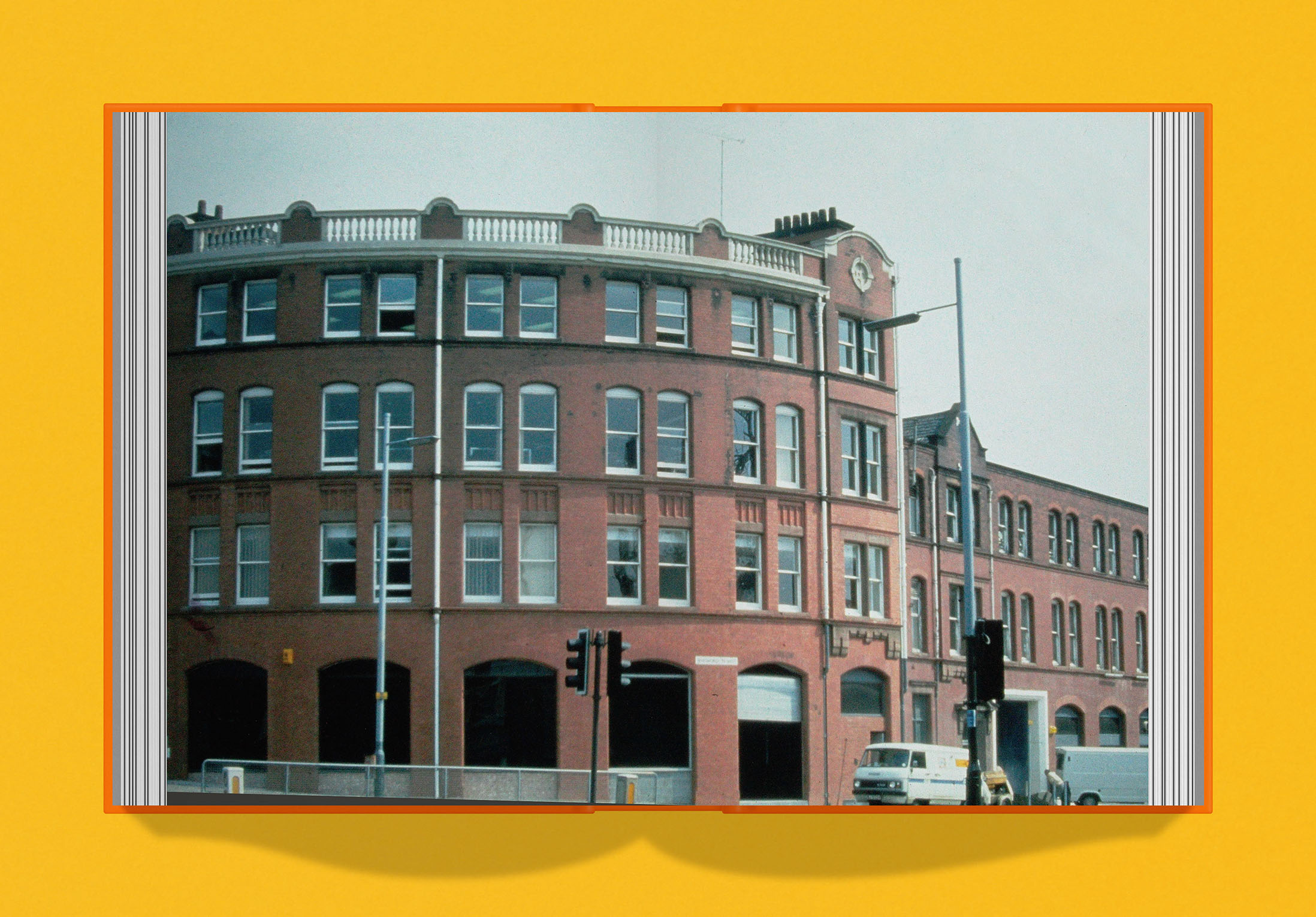
Wallpaper* Newsletter
Receive our daily digest of inspiration, escapism and design stories from around the world direct to your inbox.
Jonathan Bell has written for Wallpaper* magazine since 1999, covering everything from architecture and transport design to books, tech and graphic design. He is now the magazine’s Transport and Technology Editor. Jonathan has written and edited 15 books, including Concept Car Design, 21st Century House, and The New Modern House. He is also the host of Wallpaper’s first podcast.
-
 Extreme Cashmere reimagines retail with its new Amsterdam store: ‘You want to take your shoes off and stay’
Extreme Cashmere reimagines retail with its new Amsterdam store: ‘You want to take your shoes off and stay’Wallpaper* takes a tour of Extreme Cashmere’s new Amsterdam store, a space which reflects the label’s famed hospitality and unconventional approach to knitwear
By Jack Moss
-
 Titanium watches are strong, light and enduring: here are some of the best
Titanium watches are strong, light and enduring: here are some of the bestBrands including Bremont, Christopher Ward and Grand Seiko are exploring the possibilities of titanium watches
By Chris Hall
-
 Warp Records announces its first event in over a decade at the Barbican
Warp Records announces its first event in over a decade at the Barbican‘A Warp Happening,' landing 14 June, is guaranteed to be an epic day out
By Tianna Williams
-
 Masters of midcentury modern design and their creations spotlighted in new book
Masters of midcentury modern design and their creations spotlighted in new book‘Mid-Century Modern Designers’ is a new book from Phaidon celebrating those who shaped the period and their notable creations, from furniture to objects
By Tianna Williams
-
 Rooms with a view: a new book celebrates the Italian approach to interior design
Rooms with a view: a new book celebrates the Italian approach to interior designLaura May Todd's survey of Italian interiors is the perfect antidote to January gloom, taking a look inside 50 distinctive Italian homes
By Ali Morris
-
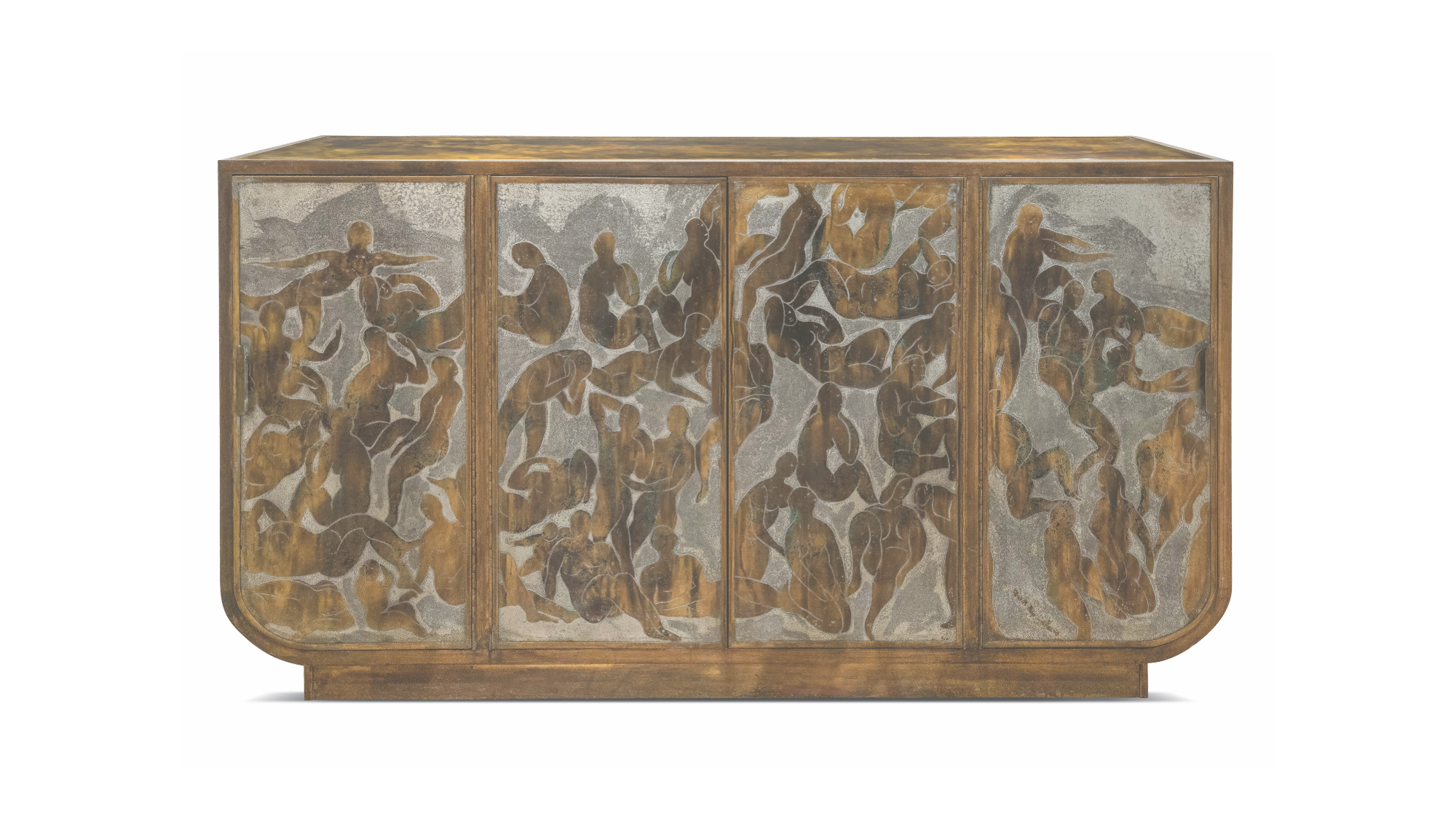 Discover the alchemy of American artists Philip and Kelvin LaVerne
Discover the alchemy of American artists Philip and Kelvin LaVerneThe work of Philip and Kelvin LaVerne, prized by collectors of 20th-century American art, is the subject of a new book by gallerist Evan Lobel; he tells us more
By Léa Teuscher
-
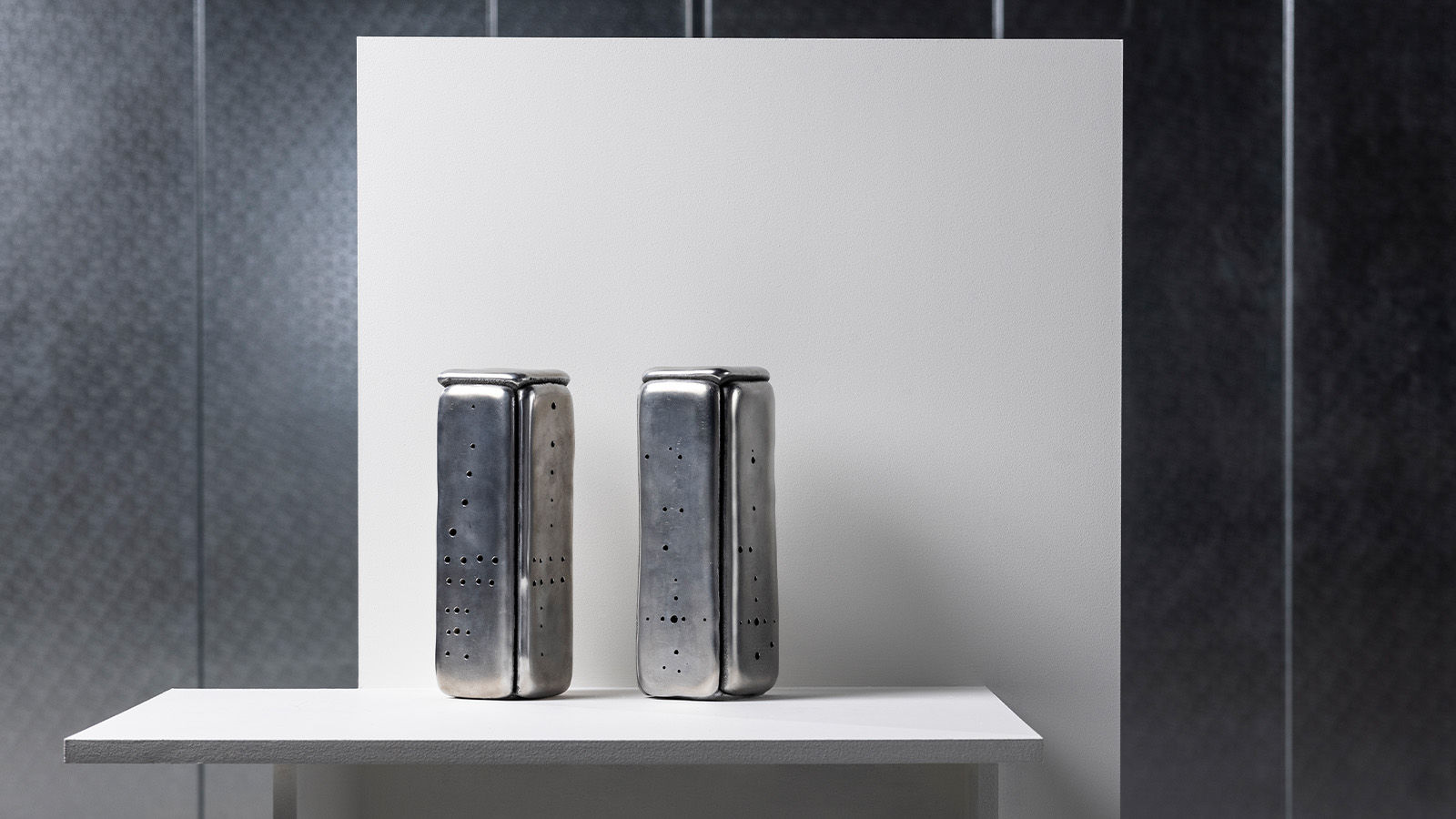 20 pairs of bookends celebrate contemporary Scottish design and Dundee’s literary heritage
20 pairs of bookends celebrate contemporary Scottish design and Dundee’s literary heritageAs Dundee Design Week gets ready for its fifth edition, a bookish commission shines a light on two pioneering female journalists from the city’s storied past
By Alyn Griffiths
-
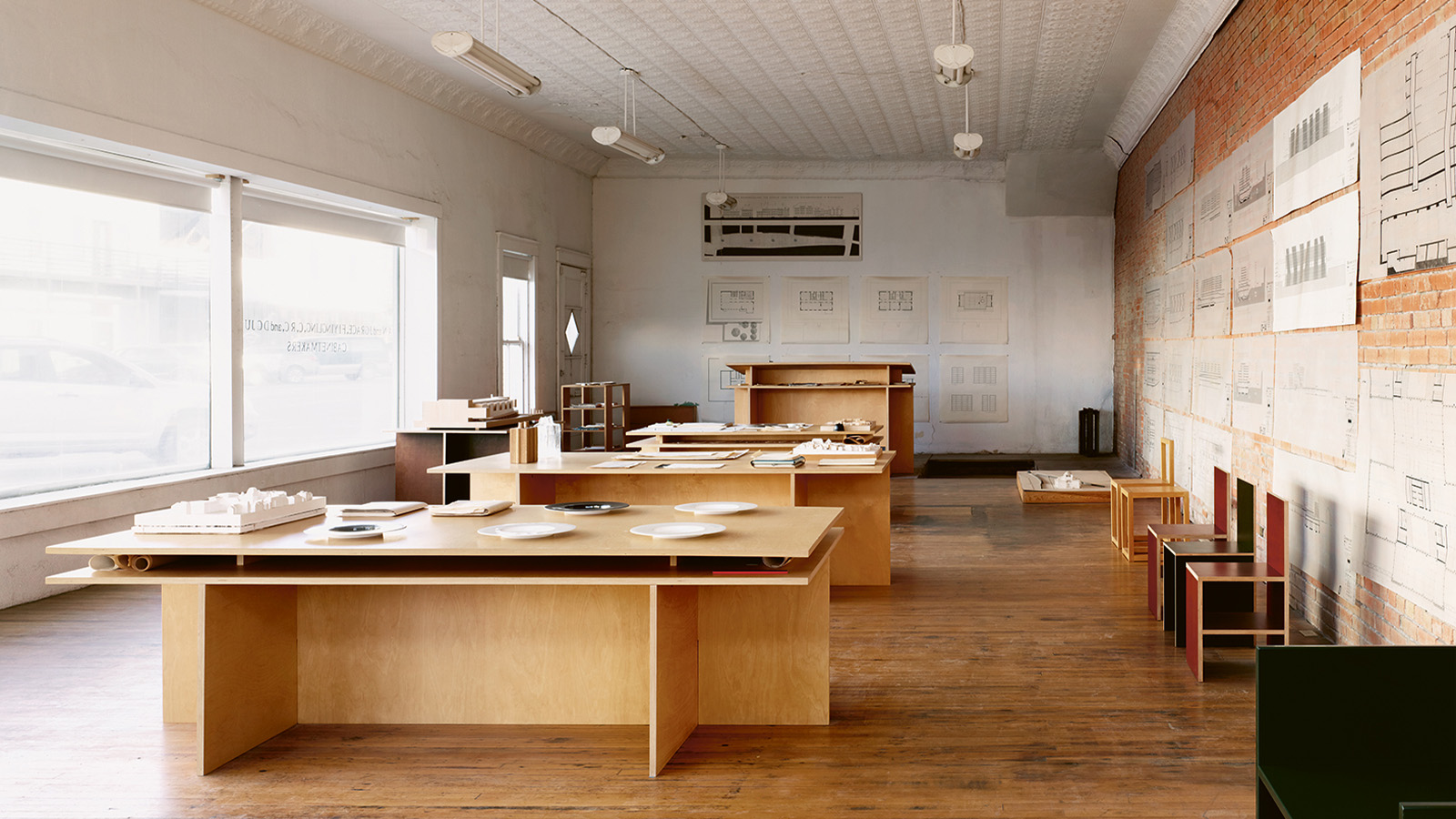 ‘You’ve got to hang out with Judd furniture… you learn something’: Rainer Judd
‘You’ve got to hang out with Judd furniture… you learn something’: Rainer JuddAs new book ‘Donald Judd Furniture’ lands, the artist’s children Rainer and Flavin discuss their father’s legacy
By Diana Budds
-
 Discover London’s lesser-known design gems with ‘an opinionated guide’
Discover London’s lesser-known design gems with ‘an opinionated guide’‘An opinionated guide to Design London’ by Sujata Burman and Wallpaper’s Rosa Bertoli is a carefully curated tour of intriguing design spots across the capital
By Tianna Williams
-
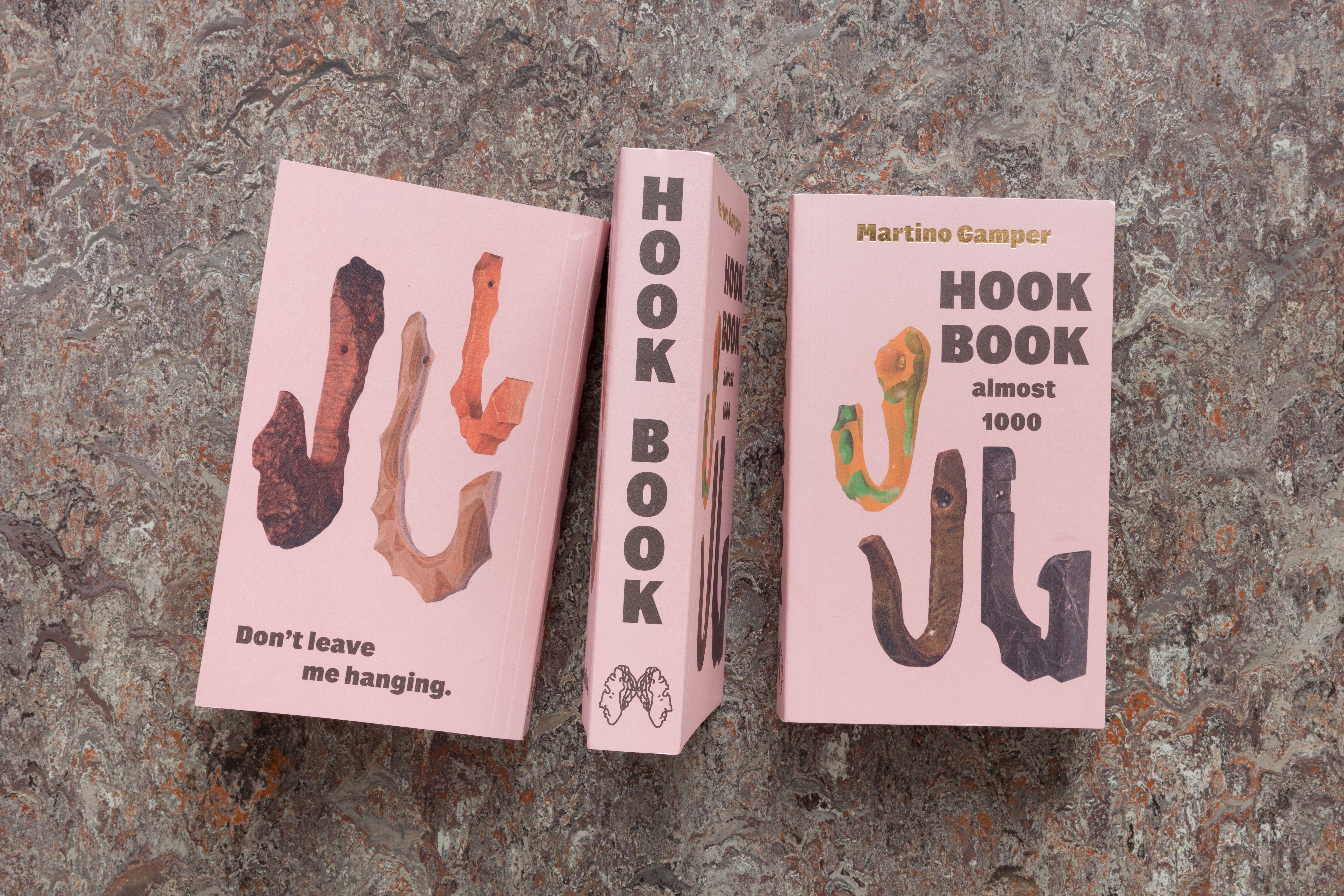 Well hung? We interview Martino Gamper about his new book of (around) 1,000 hooks
Well hung? We interview Martino Gamper about his new book of (around) 1,000 hooksItalian maverick designer Martino Gamper doesn't hang around. He has a new book featuring 1,000 hooks made by hand. We ask him how and why...
By Hugo Macdonald
-
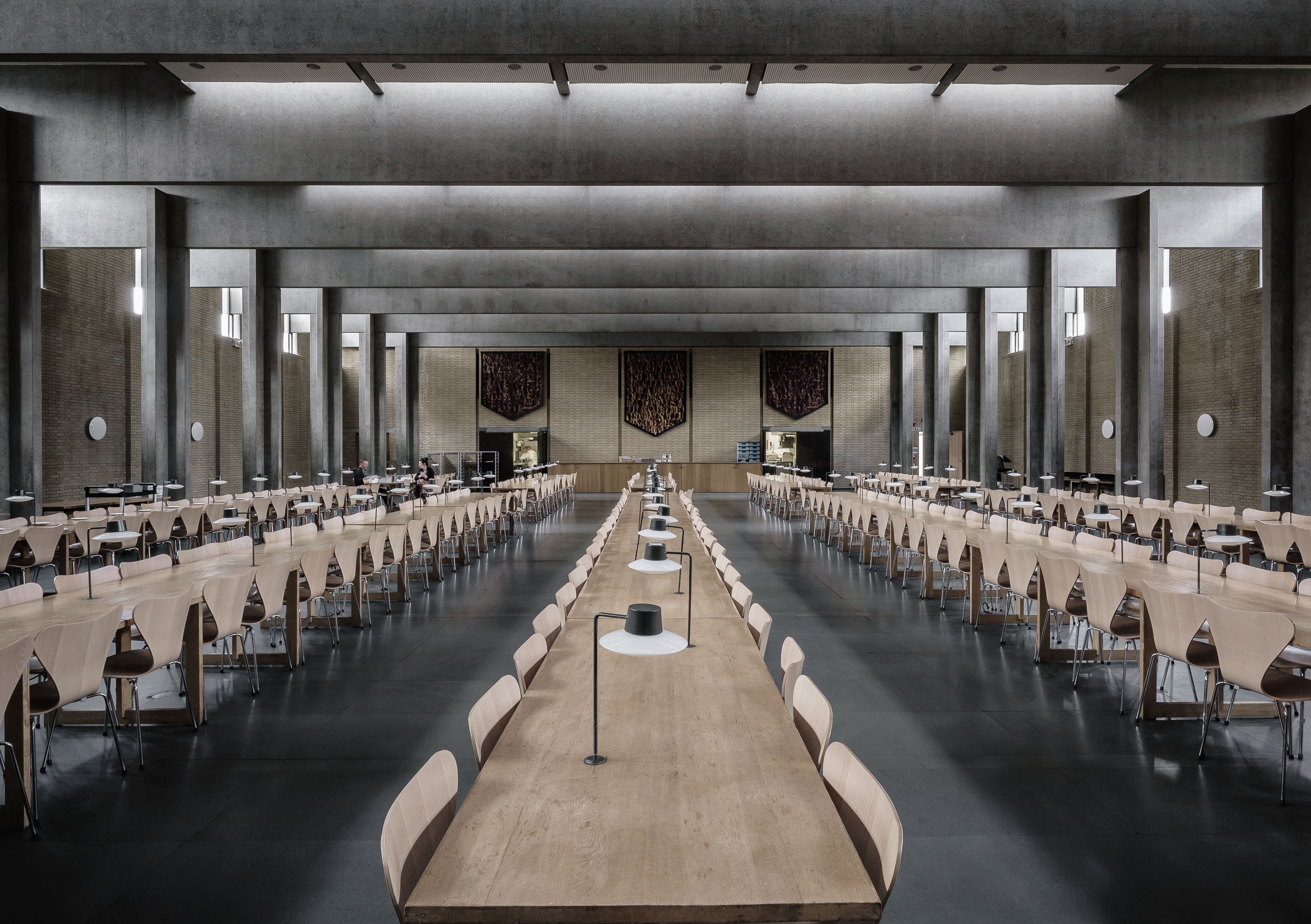 New Louis Poulsen book explores the Danish lighting company's illuminating world
New Louis Poulsen book explores the Danish lighting company's illuminating worldLouis Poulsen: First House of Light, published by Phaidon, is a new design book delving into the Danish company's world of radiant lighting
By Jens H Jensen